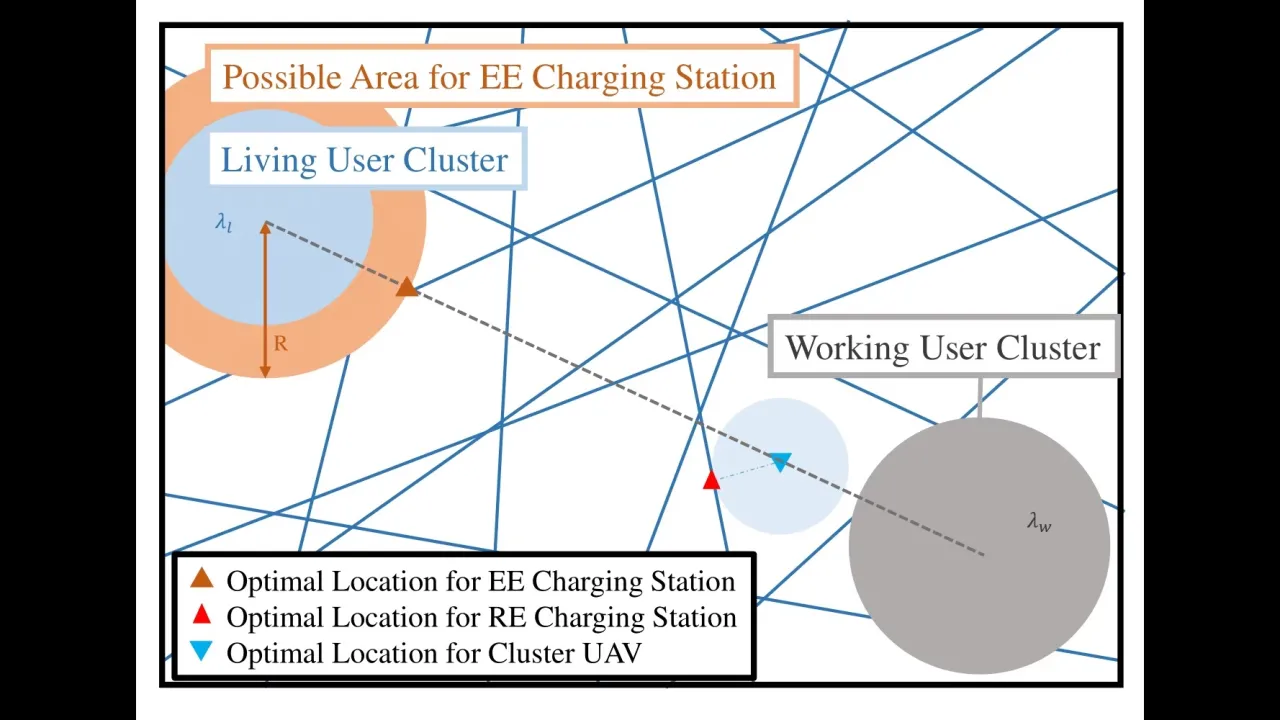
Drone charging stations deployment in rural areas for better wireless coverage
About
While the fifth-generation cellular (5G) is meant to deliver Gigabit peak data speeds, low latency, and connect to billions of devices, and 6G is already on the way, half of the world population living in rural areas are still facing challenges connecting to the internet. Compared with urban areas, users in rural areas are greatly impacted by low income, high cost of backhaul connectivity, limited resources, extreme weather, and natural geographical limitations. Hereby, how to connect the rural areas and what are the difficulties of providing connectivity draw great attention. This article first provides a brief discussion of existing technologies and strategies for enhancing the network coverage in rural areas, their advantages, limitations, and cost. Next, the article focuses on the UAV-assisted network in resource-limited regions. Considering the limitation of the onboard battery of UAVs and the electricity supply scarcity in some rural regions, the paper investigates the possibility and performance enhancement of the deployment of renewable energy (RE) charging stations.
More information can be found in the video given below and the paper:
Y. Qin, M. Kishk, and M. -S. Alouini, "Drone charging stations deployment in rural areas for better wireless coverage: Challenges and solutions ", IEEE Internet of Things Magazine (Special Issue: Internet-of-Drones: Novel Applications, Recent Deployments and Integration), 2022


